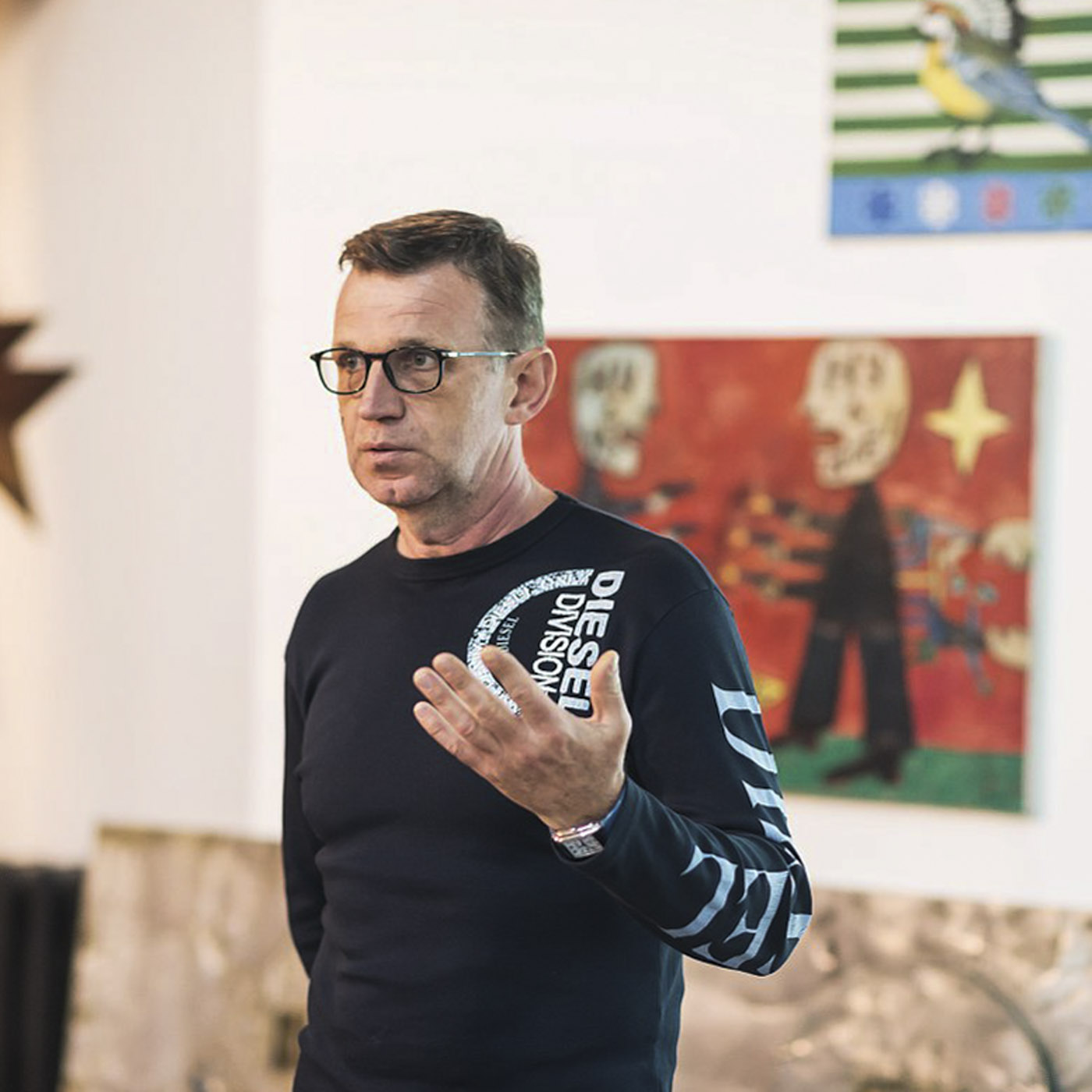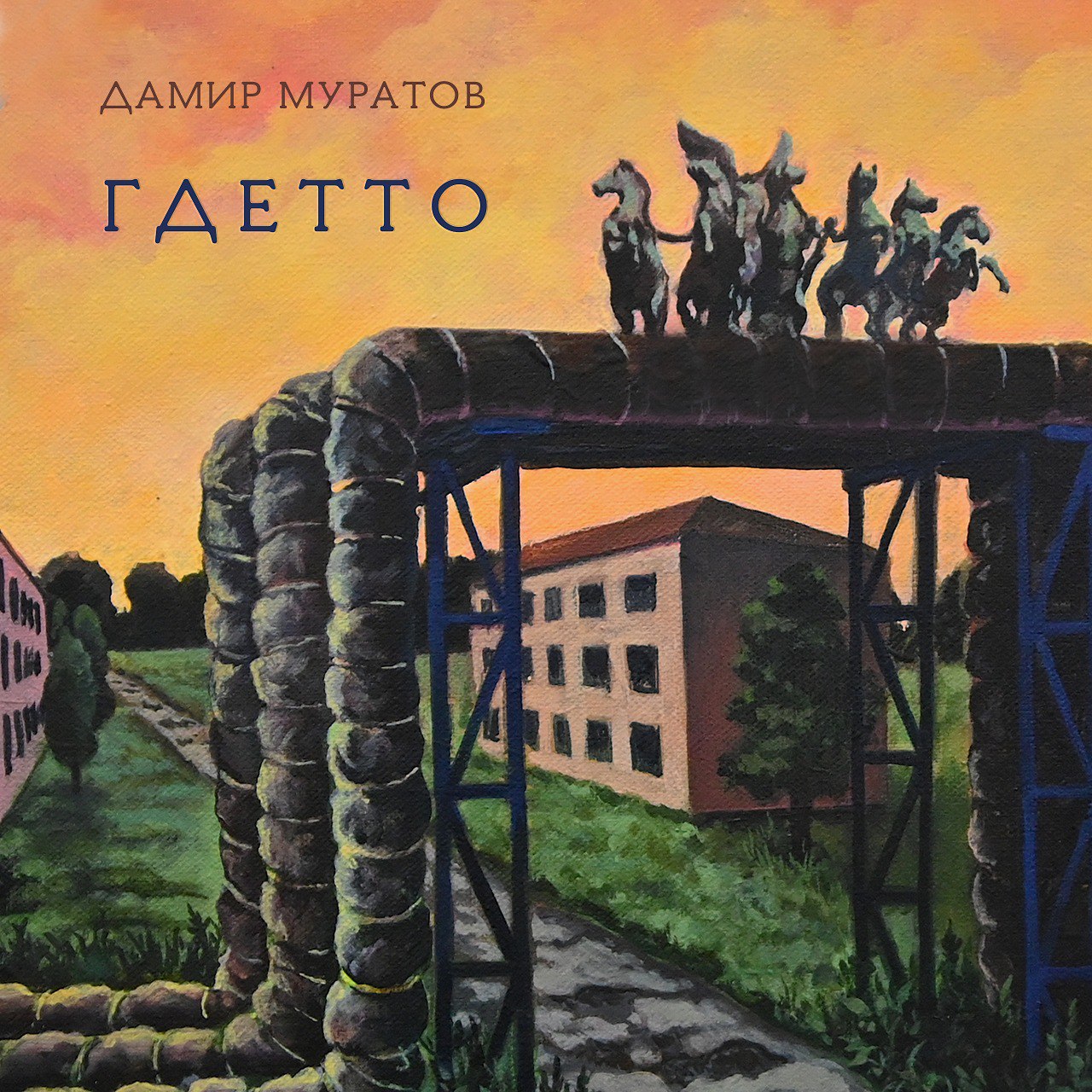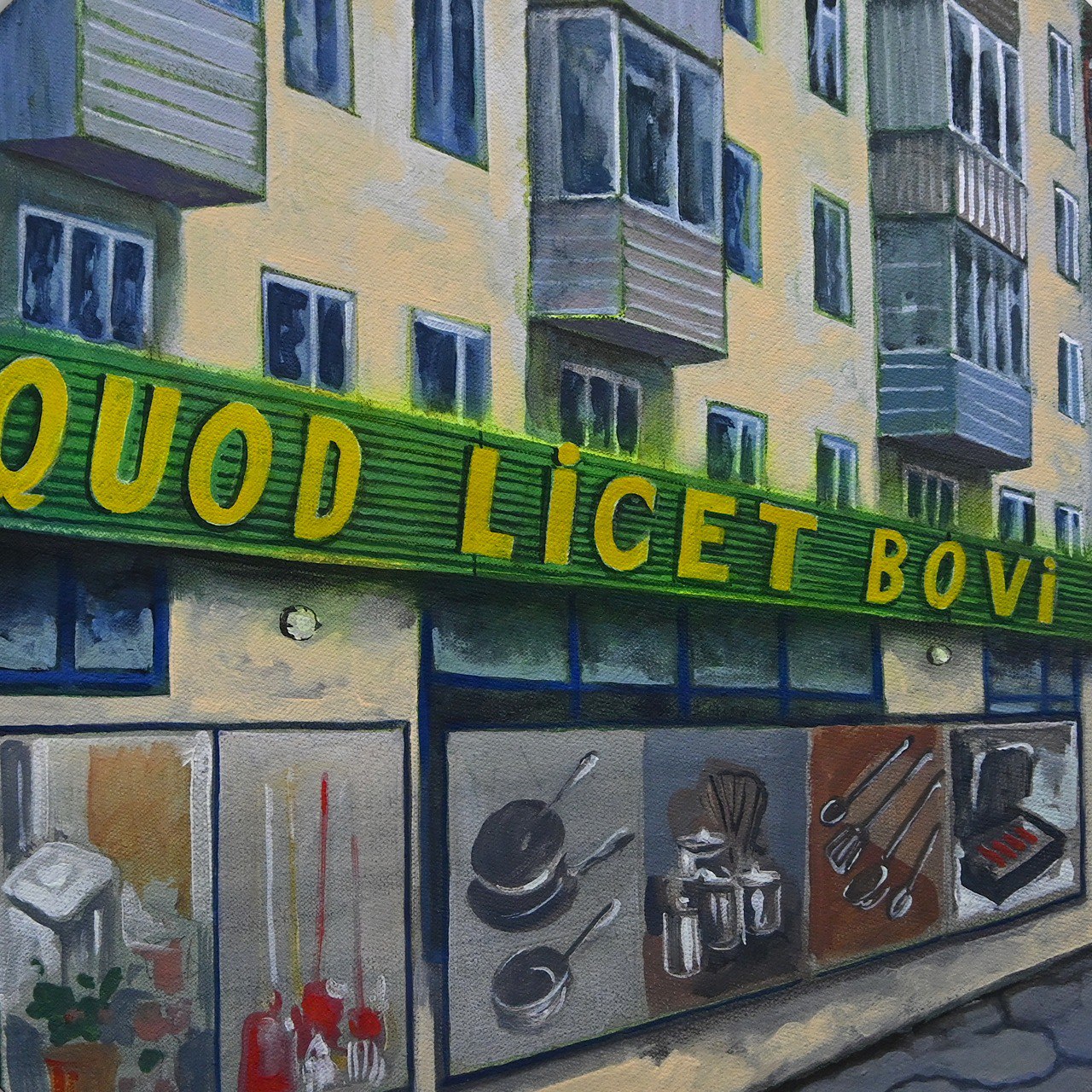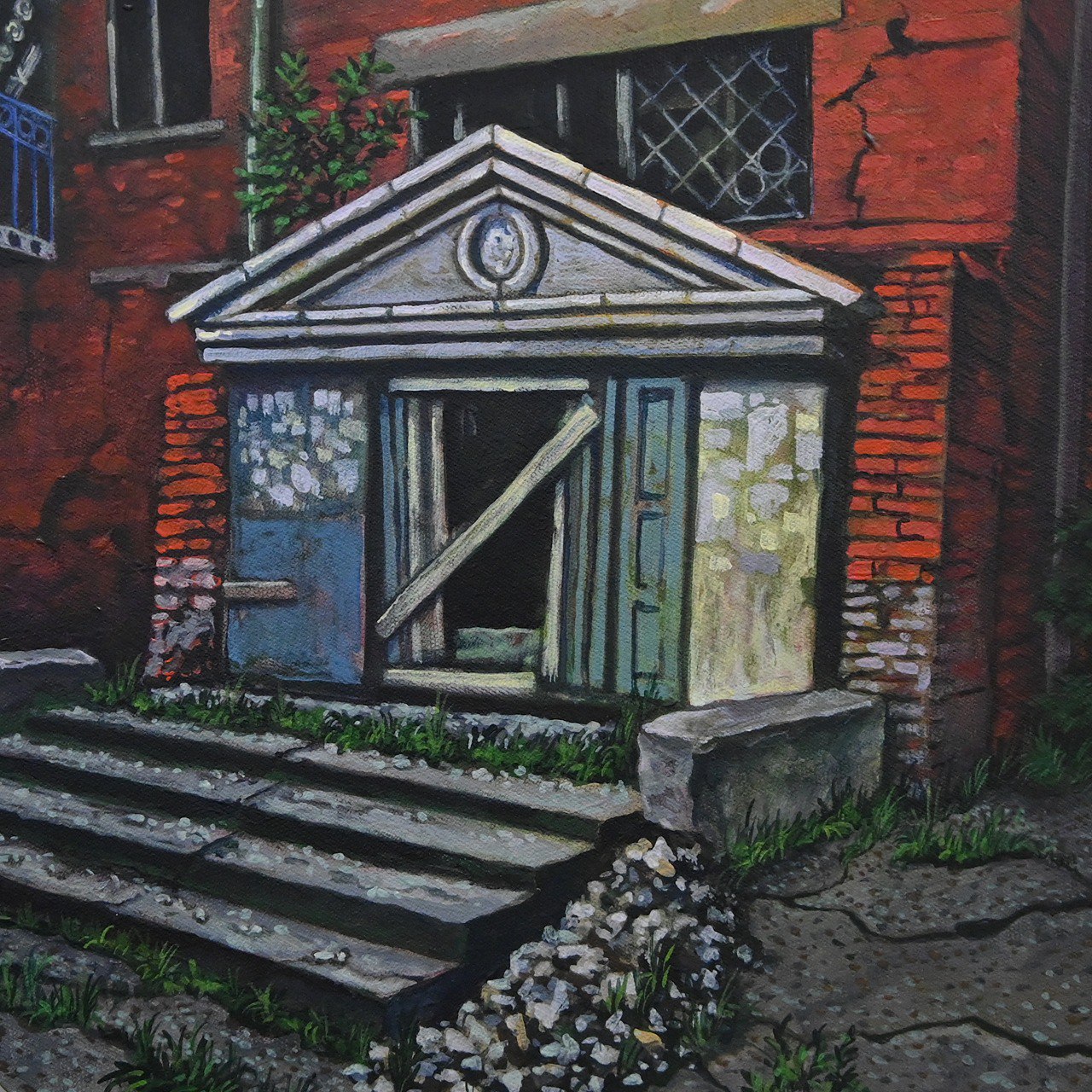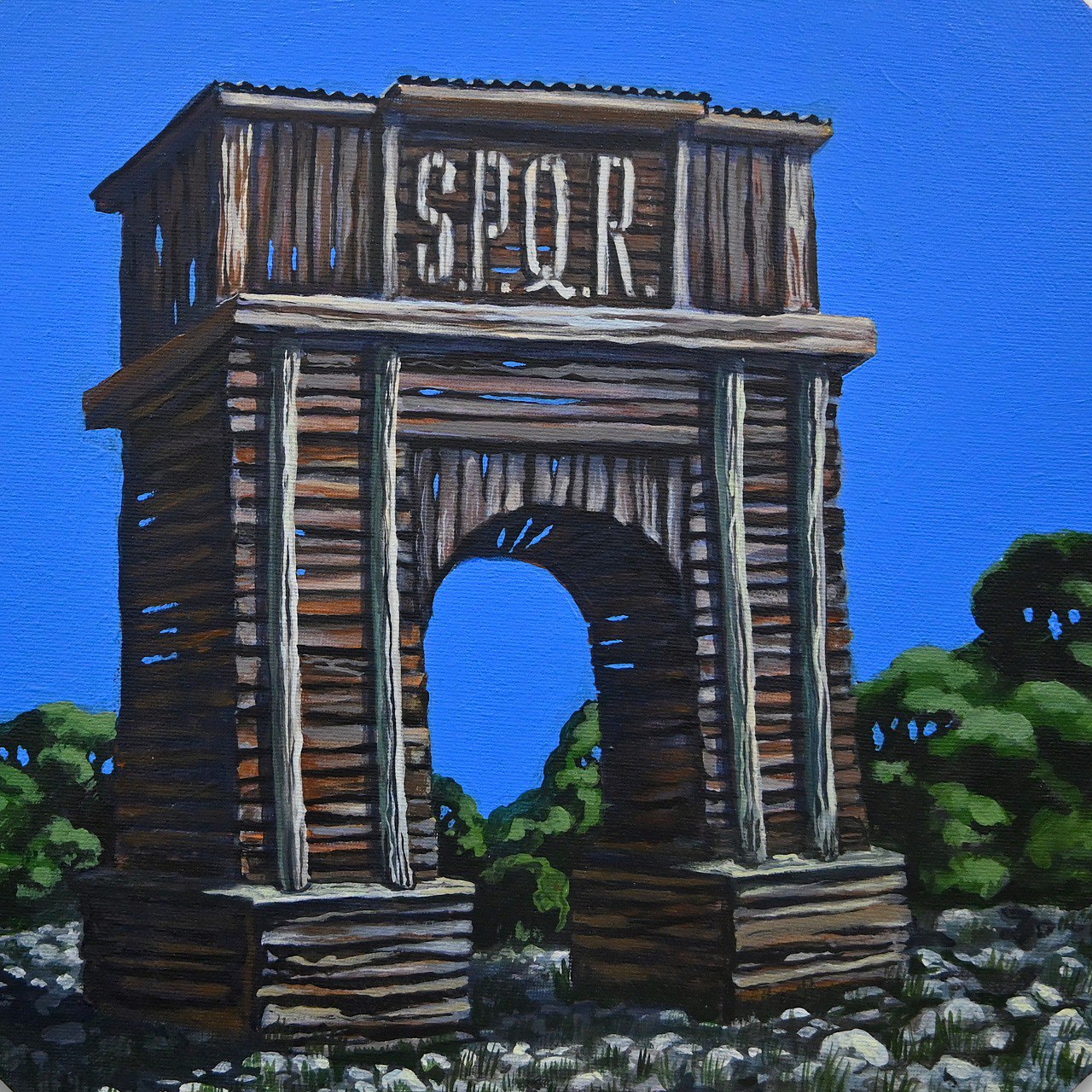BUY FROM KIOSK
call a consultant
buy from phone
Gallery history
About Us
The heart and the soul of the 11.12 GALLERY is its founder and owner Alexandr Sharov. He is a driving force and initiative center of all ambitious ideas and concepts by which the gallery stands out qualitatively within Russian art community. Now it’s possible to reveal the corporate identity highlighted 11.12 GALLERY.
The gallery team is free to contact for new enterprises which divide the professional area and get to know more people with contemporary art. That’s why all issues, regarding the affordability of either the whole art content or the technical ways of its showing and implementation, are really important to the gallery. In 2020 the digital terminal was launched. In fact it’s online edition of the gallery located at CUBE Moscow as a specific display stand.
One more thing makes 11.12 GALLERY very special, namely a cooperation with regional artists and artistic institutions. Due to thew fact that artistic activities are really authentic and diverse beyond Moscow, the gallery focuses on it representing the artists from different parts of Russia Omsk, Ufa, Krasnoyarsk, Krasnoyarsk, Kaluga, Tver, Krasnodar, Ekaterinburg.
11.12 GALLERY cooperates with the main Russian museums and organises relevant projects aimed at popularisation of contemporary art. Among them, «Dvoegorsk» by Rinat Voligamsi and «Not Belong There, Not Belong Here» by Slava Ptrk at Moscow Museum of Contemporary Art, «Forever» by Damir Muratov at Multimedia Art Museum, Moscow. Also the gallery works together with the independent organisations, such as Triennale of Contemporary Art in Garage, Nikola-Lenivets, Museum Center Ploschad Mira in Krasnoyarsk, CCA Winzavod, CUBE Moscow, Triumph Gallery, Rostov Gallery, Miras Gallery, Levaya Noga Gallery, ArtEtage etc.
Besides non-profit projects 11.12 GALLERY cooperates with the organisations in finance and touristic spheres as well as the designers arranging about integration and decoration of high class places with pieces of contemporary art as part of the collaboration projects.
In portfolio of 11.12 GALLERY are participations in such international art events as Art Central (Hong Kong), DA!Moscow (Russia), CONTEXT Art Miami (USA), Art Miami New York (USA), Moniker Art Fair (USA), Art Wynwood (USA), Art Chicago (USA), Cosmoscow (Russia), Art Kiev Contemporary (Ukraine), Art Tbilisi (Georgia), Art Moscow (Russia), Art Stage (Singapore), Art Beijing (China), Art Manege (Russia), Art Vilnius (Lithuania).
founder, inspirer and permanent director of 11.12 GALLERY
ALEXANDER SHAROV
« … I was born in Moscow in 1964. In the 80s, I graduated from the Institute of Communications. In the 90’s I started the packaging business, which later, in the early the ’00s, allowed me to open the first showroom of contemporary art in Barvikha, where I exhibited the works of my artist friends: Lesha Alpatov, Max Basheva, Sasha Zhernokluev, Vladimir Semenskiy. In parallel, I began collecting art. Now I have about a hundred works in my collection (mostly from the beginning of the XXI century). I can’t cooperate with artists on principle if I don’t want to have their work in my collection. It is difficult for an ignorant person to distinguish between collecting and hoarding. I consider myself to be the second type: those who buy randomly based on emotions. A collection is
always a structure that restricts the freedom of choice: whether it is a period, and/or a technique.
Today, I can say that I happy with my success, because the works of artists of my gallery, who once started with me, now live in museums, large private collections, and are sold at international fairs and auctions on both sides of the ocean: from Miami to Singapore.
Quite quickly, within a few years, the showroom was reborn into a full-fledged gallery, which I named from the date of my birth: “11.12”. At the same time, I was lucky enough to settle it in the centre for contemporary art “Winzavod”, where we have been living happily for ten years».
Current projects
Exhibition in the gallery
Damir Muratov
Gdetto
5 March — 13 April 2024
While visiting Europe, Asia, and Africa, seeing the well-preserved remnants of ancient cultures might be surprising. Even today, it is difficult to overstate their importance and magnificence. The ruins of classical temples, semicircular amphitheatres, not to mention the sculptures, columns, mosaics and other recognizable distinctive attributes of ancient civilisation make one marvel at how extensive the influence was of the Greek city-states and of the Roman Empire, which legitimized it by annexing new territories. Local cultures followed the new laws and incorporated them into their own heritage even after this enormous state fell “on the sidelines”. This gave rise to an entirely new creative language that was unique only to that area. It typically adheres to this principle: it was based on the ancient canon, which “took root” in already existing local traditions.
In his latest piece, “Gdetto,” Damir Muratov considers the sustainability of the former “Soviet empire’s” peripheral regions. Similar to how rural cultures absorbed the gloss of the capital’s art and subordinated it to their preferences and traditions on the outskirts of ancient Rome, far from the centre, the artist depicts the imaginary state he created, the neighbouring areas, which never existed. The major players in this myth-making are not actual individuals; rather, they are the spectres and shadows of past pioneers who are trapped in a joyful, sentimental youth for all time. They ride carousels, go down slides and swing.
The surrounding environment is suitable: house entrances are more reminiscent of ancient temple facades, store signs are filled with Latin aphorisms, and heating mains gracefully form the shape of a triumphal arch.
Thus, a new reality is born, unlike anything else. The creative language is a synthesis between classical and regional art, embodied in the mode of life. Furthermore, we are discussing more than just physical borders here. How Rome first absorbed the best of Greek culture, changing the ideological concept, but leaving formal features; how Byzantium took Rome as its artistic reference point, rejecting the ideological component; This is how Rus’ looked at Byzantium, trying to maintain stylistic features, but changing the political perspective. Submitting to this movement, art also changed. The reality presented by Damir Muratov shows us recognizable elements of classical art, which take on a completely different meaning in the context of the very environment that created them. The landscapes of “Gdetto” are both concrete and abstract, frozen in their oxymoristic existence.







